Border Collies are a highly intelligent and active breed of dog that require a lot of attention and care from their owners. One of the most important aspects of caring for a Border Collie puppy is choosing the right collar. A good collar not only keeps your puppy safe and secure, but also ensures their comfort and well-being.
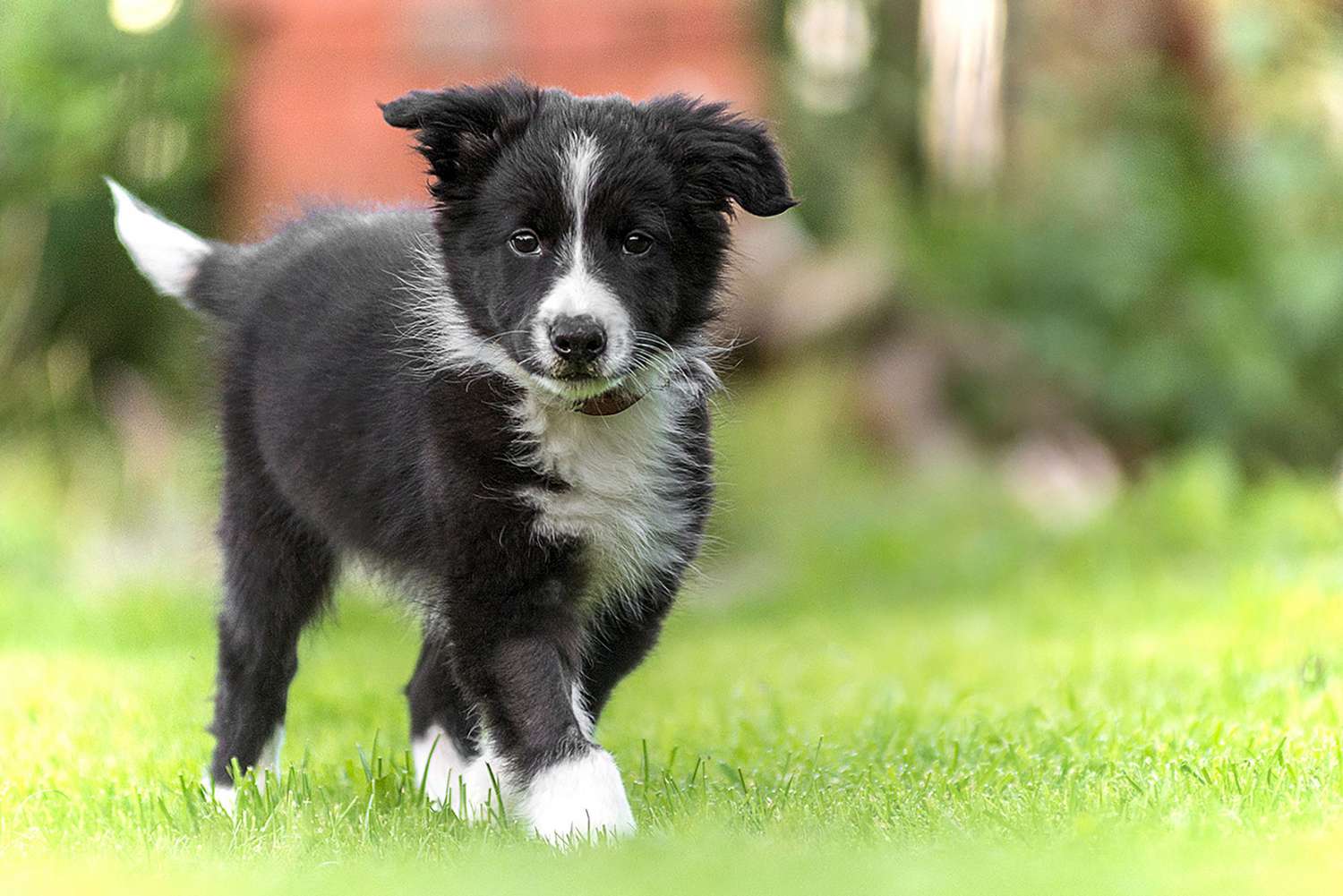
When it comes to selecting the best collar for a Border Collie puppy, there are several factors to consider. First and foremost, it is important to choose a collar that fits properly. A collar that is too loose can easily slip off, while one that is too tight can cause discomfort or even injury. Additionally, it is important to choose a collar that is durable and able to withstand the active lifestyle of a Border Collie puppy. Finally, some owners may prefer to choose a collar that is reflective or has other safety features to ensure their puppy is visible and safe during walks or other outdoor activities.
Choosing the Right Collar

When it comes to choosing the right collar for a Border Collie puppy, there are a few important factors to consider. The collar should be comfortable, safe, and well-suited to the puppy's size and temperament. Here are some key things to keep in mind when selecting a collar.
Collar Types
There are several different types of collars to choose from, each with its own advantages and disadvantages. Some popular options include:
- Fi GPS Tracking Dog Collar
Fi GPS tracking Dog Collar is ideal for helping keep your Border Collie puppy in the best shape. It enables you to track the dog's exertion levels and steps, which you can compare to other dogs of similar breeds within your neighborhood.
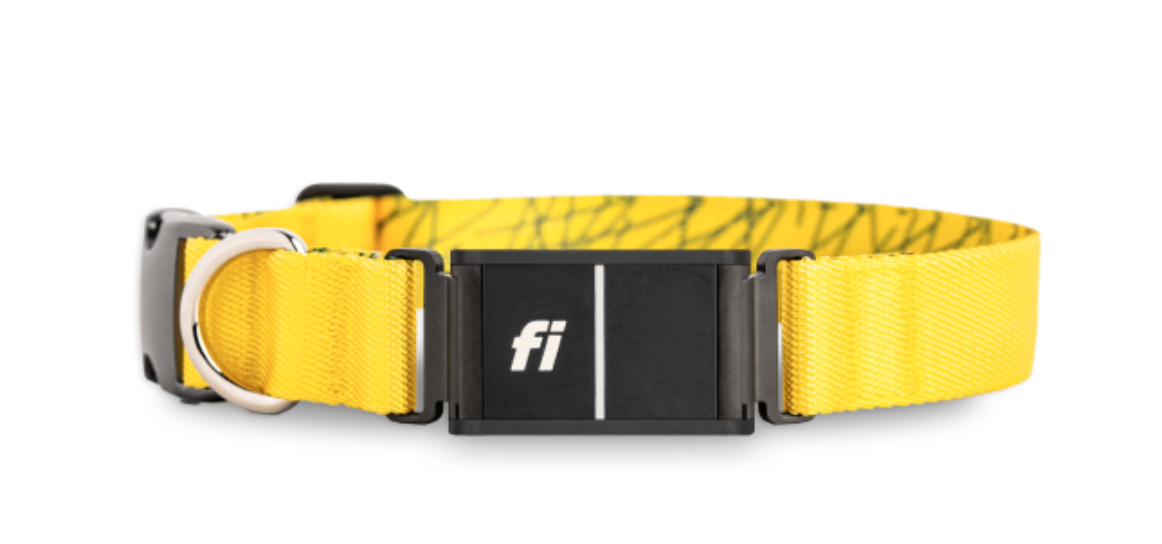
These tracking collars come in four core colors: pink, blue, gray, and yellow. They're a perfect fit for dogs whose neck sizes range between 11.5 and 34.5 inches. With its GPRS tracking feature, you'll instantly get a phone alert if your pup friend ever gets out unexpectedly. Also our collar comes in multiple sizes so you can buy bigger sizes of the collar band as your puppy grows.
Specifications
- Unmatched battery life lasting up to three months between charges
- An accurate way to get notified when your dog escapes
- Shows your dog's location history
- Compatible with smartphone devices
- Supports alarm applications
- Waterproof
- Flat collars: These are the most basic type of collar, made from a strip of material with a buckle or snap closure. They are simple, affordable, and come in a variety of materials and colors.
- Martingale collars: These collars are designed to tighten slightly when the dog pulls, providing a gentle correction. They are a good choice for dogs who tend to slip out of their collars or have necks that are larger than their heads.
- Harnesses: Harnesses wrap around the dog's chest and shoulders, distributing pressure more evenly than a collar. They are a good choice for dogs who pull on the leash, as they provide more control and reduce the risk of injury.
Material Considerations
The material of the collar is also an important factor to consider. Some common options include:
- Nylon: Nylon collars are lightweight, durable, and come in a wide range of colors and patterns. They are a good choice for puppies who are still growing, as they can be easily adjusted.
- Leather: Leather collars are stylish and durable, but can be more expensive than other materials. They are a good choice for dogs with sensitive skin, as they are less likely to cause irritation.
- Chain: Chain collars are often used for training purposes, as they provide a sharp correction when pulled. However, they can be dangerous if not used properly and should only be used under the guidance of a professional trainer.
Size and Adjustability
The collar should fit snugly but not be too tight, allowing room for two fingers to fit between the collar and the puppy's neck. It is important to choose a collar that can be easily adjusted as the puppy grows. Some collars come with multiple holes for adjustment, while others can be adjusted using a buckle or slide.
Safety Features
Finally, it is important to choose a collar with safety features such as reflective material or a breakaway buckle. Reflective collars help keep the puppy visible in low-light conditions, while breakaway buckles are designed to release if the collar gets caught on something, preventing choking or injury.

Understanding Border Collie Puppies
Border Collies are intelligent and energetic dogs that require special attention and care, especially during their puppyhood. In this section, we will discuss the growth and development, behavioral characteristics, and exercise needs of border collie puppies.
Growth and Development
Border Collie puppies grow rapidly in their first few months of life. They reach their full height by the time they are six months old, but they continue to gain weight until they are around 12 months old. It is important to provide them with a balanced diet that meets their nutritional needs during this time.
Behavioral Characteristics
Border Collies are known for their high energy levels and intelligence. They are quick learners and require regular mental and physical stimulation to prevent boredom and destructive behavior. They are also highly sensitive to their owner's emotions and can become anxious or stressed if they sense their owner's discomfort.
Exercise Needs
Border Collies have high exercise needs and require daily physical activity to maintain their health and well-being. They enjoy activities such as running, hiking, and playing fetch. It is important to provide them with enough exercise to prevent them from becoming bored or destructive.
In summary, Border Collie puppies require special attention and care during their puppyhood. Their growth and development, behavioral characteristics, and exercise needs should be taken into consideration when providing them with the best collar for their needs.
Training With Collars
Positive Reinforcement
When training a Border Collie puppy with a collar, it is important to use positive reinforcement techniques. Positive reinforcement involves rewarding good behavior instead of punishing bad behavior. This approach is effective because it helps the puppy understand what they should be doing, rather than just what they should not be doing.
One way to use positive reinforcement is to reward the puppy with treats or praise when they respond correctly to a command. This can help the puppy associate the collar with positive experiences and make them more likely to obey commands in the future.
Training Collar Usage
There are several types of collars that can be used for training a Border Collie puppy. The most common types include flat collars, martingale collars, and slip collars.
Flat collars are the most basic type of collar and are suitable for puppies that are well-behaved and do not pull on their leash. Martingale collars are designed for dogs that have a tendency to slip out of their collars. Slip collars, also known as choke chains, are not recommended for use with Border Collie puppies as they can cause injury and discomfort.
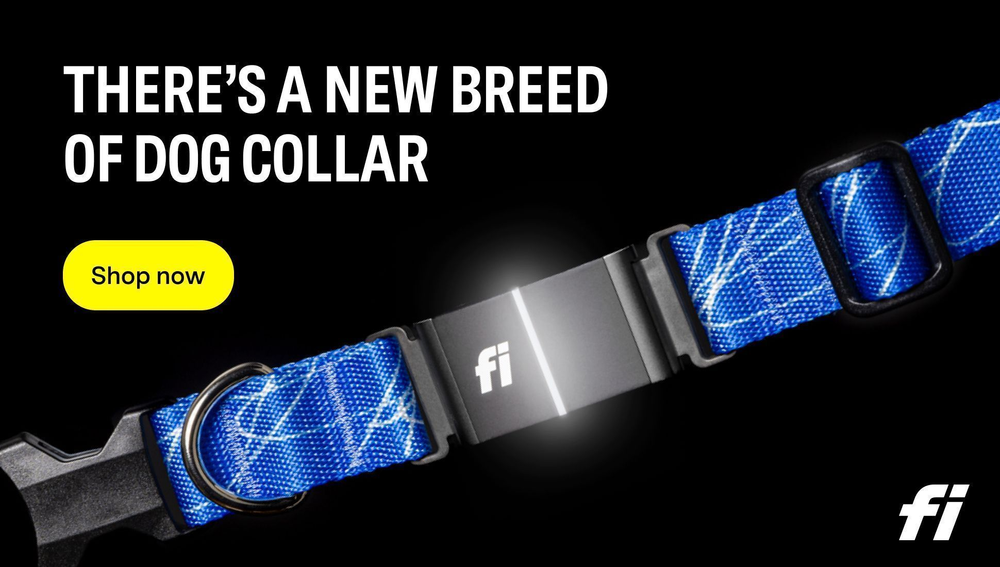
When selecting a collar, it is important to choose one that fits properly and is comfortable for the puppy to wear. The collar should be snug but not too tight, and it should not be able to slip over the puppy's head.
Avoiding Negative Associations
It is important to avoid creating negative associations with the collar during training. Negative associations can cause the puppy to become fearful or anxious, which can make training more difficult.
One way to avoid negative associations is to introduce the collar gradually. Start by allowing the puppy to wear the collar for short periods of time, gradually increasing the amount of time they wear it. This can help the puppy get used to the collar and prevent them from associating it with discomfort or punishment.
Additionally, it is important to avoid using the collar as a form of punishment. Instead, focus on rewarding good behavior and using positive reinforcement techniques to encourage the puppy to obey commands. With patience and consistency, a Border Collie puppy can be trained to be a well-behaved and obedient companion.
Collar Maintenance
Cleaning and Care
Keeping a border collie puppy's collar clean is essential to ensure that it remains in good condition and does not cause any skin irritation. The collar should be cleaned regularly to remove any dirt, grime, or bacteria that may accumulate on it.
To clean the collar, it should be removed from the puppy and soaked in warm soapy water. A mild soap or detergent should be used to avoid any harsh chemicals that may cause skin irritation. The collar should then be scrubbed gently with a soft brush or sponge to remove any dirt or grime. After cleaning, the collar should be rinsed thoroughly with clean water and left to air dry.
In addition to regular cleaning, it is also important to inspect the collar regularly for any signs of wear and tear. Any frayed edges, cracks, or signs of damage should be addressed immediately to prevent the collar from breaking and potentially causing harm to the puppy.
When to Replace
Despite proper cleaning and care, a border collie puppy's collar will eventually need to be replaced. The frequency at which the collar needs to be replaced will depend on the quality of the collar and the puppy's growth rate.
As a general rule, the collar should be checked for fit every few weeks. If the collar is too tight or too loose, it can cause discomfort or even injury to the puppy. If the collar is too tight, it can restrict the puppy's breathing and cause choking. If the collar is too loose, the puppy may be able to slip out of it and potentially get lost or injured.
If the collar is no longer fitting properly, it may be time to replace it with a larger size. Additionally, if the collar is showing signs of wear and tear or damage, it should be replaced immediately to prevent any potential harm to the puppy.
By following proper cleaning and care procedures and regularly inspecting the collar for wear and tear, a border collie puppy's collar can provide safe and comfortable support for their training and growth.
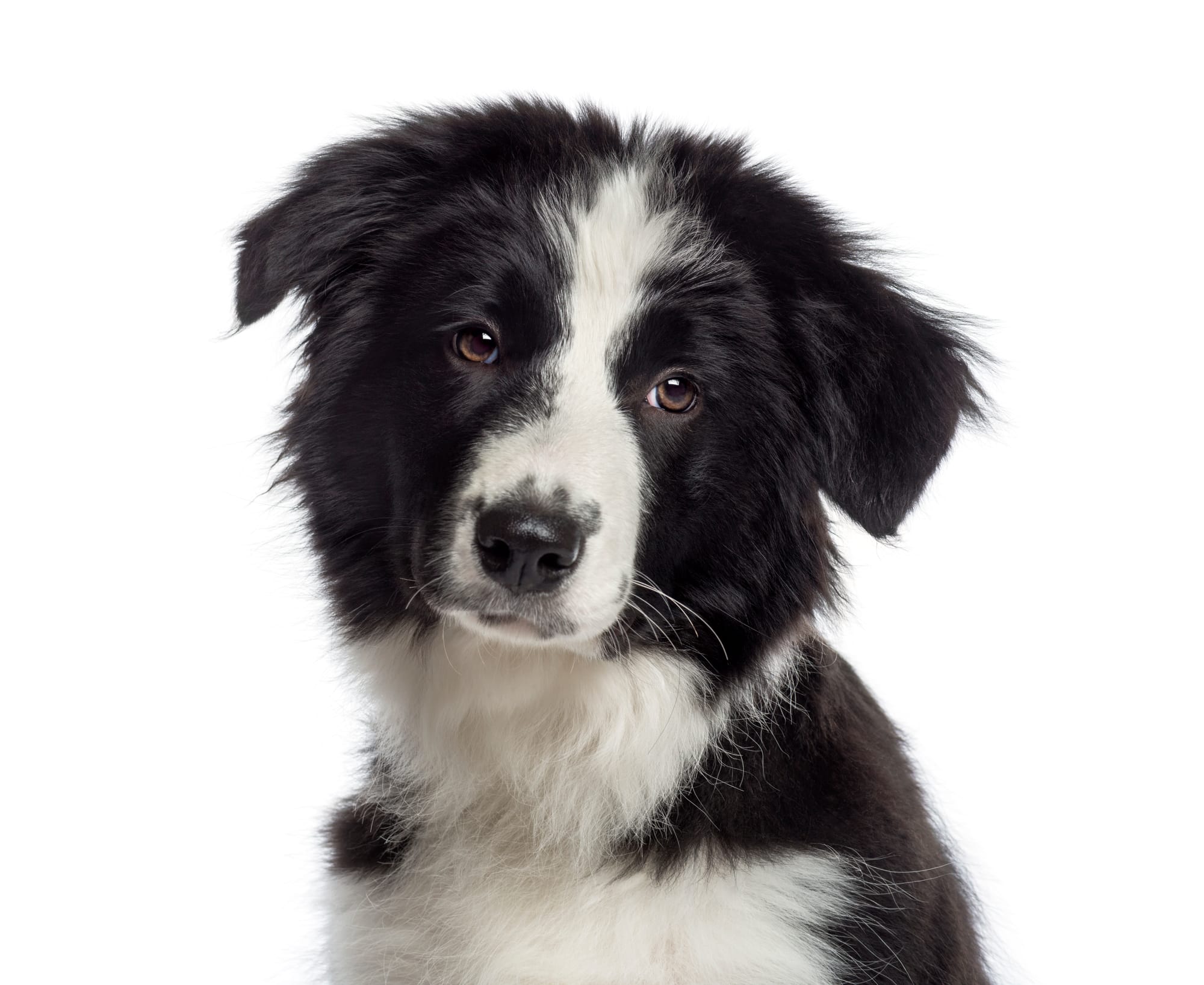
Health Considerations
When choosing a collar for a Border Collie puppy, it's important to consider their health and well-being. Here are some health considerations to keep in mind:
Skin Irritation and Allergies
Border Collies are prone to skin irritation and allergies. This can be caused by a variety of factors, including the materials used in their collar. It's important to choose a collar made from a hypoallergenic material, such as nylon or leather. Avoid collars made from materials that can irritate the skin, such as rubber or neoprene.
Another factor to consider is the width of the collar. A wider collar can distribute pressure more evenly, reducing the risk of skin irritation. Look for collars that are at least one inch wide.
Breathing and Mobility
Border Collies are an active breed, and their collar can affect their breathing and mobility. A collar that is too tight can restrict their breathing, while a collar that is too loose can slip off or get caught on objects.
When choosing a collar, make sure it fits snugly but not too tight. You should be able to fit two fingers between the collar and your puppy's neck. A martingale collar can be a good option for Border Collies, as it tightens slightly when pulled, preventing the collar from slipping off.
In addition, consider the weight of the collar. A heavy collar can weigh down on your puppy's neck, affecting their mobility. Look for lightweight collars made from durable materials, such as nylon or leather.
By considering these health factors, you can choose a collar that will keep your Border Collie puppy safe and comfortable.
Recommended Collars
Brands and Models
When it comes to choosing the best collar for a Border Collie puppy, there are several brands and models to consider. Some of the most popular options include:
- Martingale Collars: These collars are designed to prevent your puppy from slipping out of their collar by tightening when they pull. They are a great option for training and can help prevent your puppy from becoming injured.
- Flat Collars: Flat collars are a simple and lightweight option for puppies. They come in a variety of materials, including nylon and leather, and can be adjusted to fit your puppy's neck comfortably.
- Harnesses: Harnesses are a great option for puppies who are prone to pulling or have neck or throat issues. They distribute pressure evenly across your puppy's body, reducing the risk of injury.
Customer Reviews
When choosing a collar for your Border Collie puppy, it's important to consider customer reviews. Look for collars that have high ratings and positive feedback from other dog owners. This can help you gauge the quality and effectiveness of the collar before making a purchase.
Expert Recommendations
Consulting with a veterinarian or dog trainer can also help you choose the best collar for your Border Collie puppy. They can provide expert recommendations based on your puppy's specific needs and behavior. Additionally, they can offer guidance on proper collar fit and use to ensure your puppy stays safe and comfortable while wearing their collar.
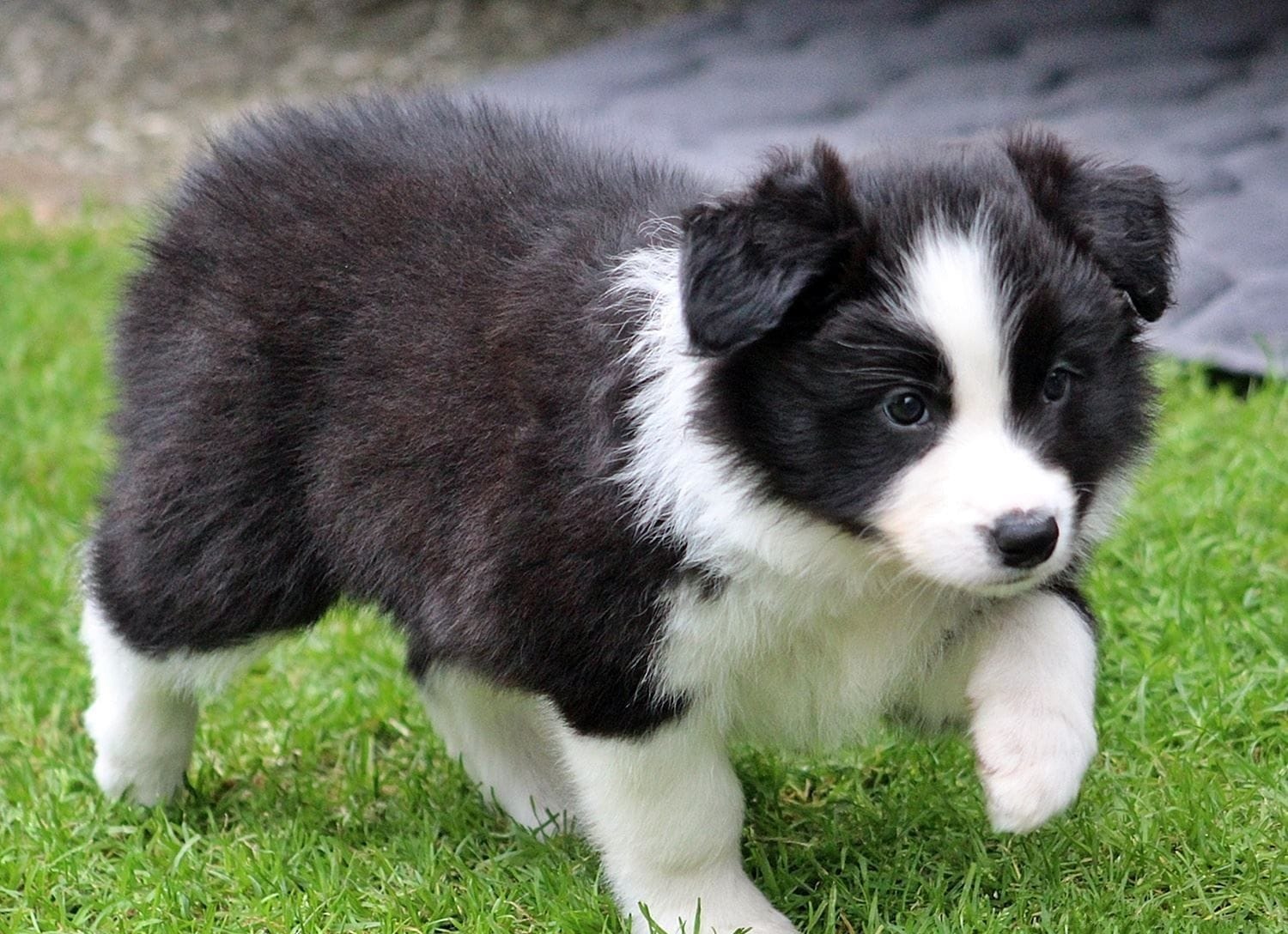
Conclusion
Selecting the best collar for your Border Collie puppy is a decision that impacts their comfort, safety, and overall well-being. By considering factors such as size, material, and safety features, you can ensure your puppy enjoys walks and training sessions to the fullest while keeping them safe and secure.
FAQs
- Q1: How do I measure my Border Collie puppy for a collar?
- A1: To measure your puppy's neck size, use a soft measuring tape and wrap it around the base of their neck, allowing room for two fingers to fit comfortably between the tape and their fur.
- Q2: Are harnesses better than collars for Border Collie puppies?
- A2: It depends on your puppy's individual needs and behavior. Harnesses are beneficial for dogs prone to pulling, while collars offer more control in training situations.
- Q3: Can I leave a collar on my Border Collie puppy at all times?
- A3: It's best to remove your puppy's collar during unsupervised periods to prevent accidents or injuries, especially if they're prone to chewing.
- Q4: How often should I replace my Border Collie puppy's collar?
- A4: Replace your puppy's collar if it becomes damaged, frayed, or no longer fits properly. Check the collar regularly for signs of wear and tear.
- Q5: What should I do if my Border Collie puppy dislikes wearing a collar?
- A5: Gradually acclimate your puppy to wearing a collar by associating it with positive experiences such as treats or playtime. Start with short sessions and gradually increase the duration over time.




